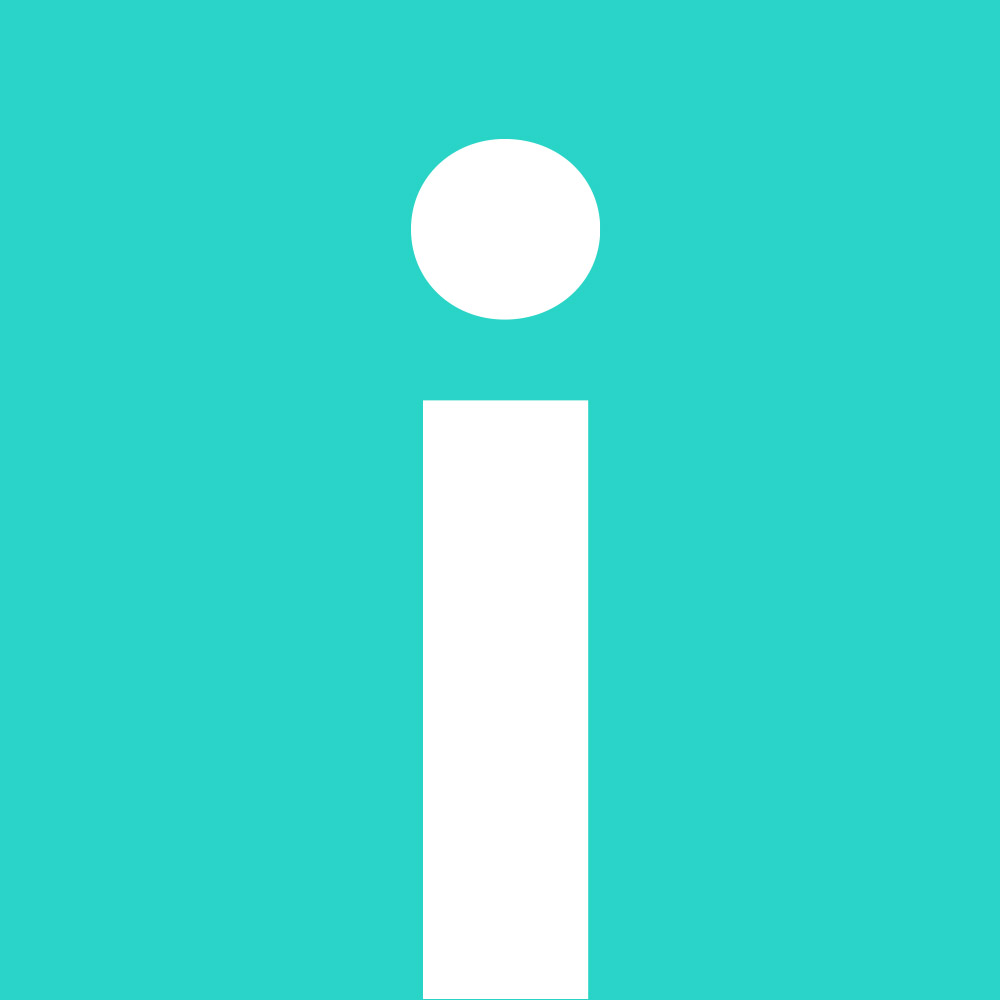The following article was originally posted on the Applied Systems blog.
This past Friday, March 27, the Coronavirus Aid, Relief, and Economic Security (CARES) Act made headlines as the largest economic stimulus package in U.S. history. The Act includes relief for businesses and individuals, assistance to states, and key protections for workers. The estimated $2 trillion package includes nearly $377 billion specifically designed to assist small businesses in the form of extremely favorable and forgivable loans to weather this pandemic.
As part of the Act, the vast majority of insurance agencies and their clients will qualify for the Paycheck Protection Program (PPP). To help you better understand the program, we have broken down the main points below. So let’s dive in.
Who does the PPP apply to?
Any business that employees no more than 500 employees, as well as independent contractors and self-employed individuals. Businesses receiving these loans must keep their existing employees actively employed through June 30th to qualify for loan forgiveness.
How does the process work?
All current 7(a) lenders are eligible lenders. Plus, the Department of Treasury will authorize new lenders to help expedite the processing and delivery of capital to small businesses. Applications for the Paycheck Protection loans will be available starting Friday, April 3. The U.S. Chamber of Commerce has prepared a COVID-10 Emergency Loans Small Business Guide and Checklist to help prepare you and your clients for the application process.
How much can be borrowed?
The size of the loan is 2.5X of an employer’s average monthly payroll cost during the period Feb. 15, 2019 to June 30, 2019, capped at $10 million.
To provide an example of how the total loan limit would be calculated, our partners at Reagan Consulting built out the below chart based on a hypothetical 50 employee agency.
1. Assume all roles are paid the same annual compensation for simplicity
2. Eligible compensation is capped at $100K per employee
Can the loan only be used for salaries and other wages?
While the loan is focused on employee-related funds, it can be used toward other related expenses. The full rundown includes:
- Employee compensation, including: salaries, wages, commissions, or similar compensation; cash tips or equivalents; vacation, parental, family, medical, or sick leave; payment required for providing group health care benefits (including insurance premiums); payment of retirement benefits; and payroll taxes
- Any compensation or income of a sole proprietor or independent contractor no greater than $100,000 in one year
- Payment of interest on mortgage obligations, rent, utilities, and interest on pre-existing debt obligations.
What are the terms of the loan?
Standard Small Business Administration loan fees will be waived and no personal guarantees are required by business owners. Loans have a maximum maturity of 10 years and an interest rate of no more than 4%. The Act also provides for possible deferment of repayment of the loans for a period of at least 6 months and up to 1 year.
Can PPP loan’s be forgiven?
Essentially, these loans can become grants and don’t have to be paid back if the employer meets certain conditions designed to ensure the money goes toward keeping workers employed in the near term. To apply for loan forgiveness, the borrower must submit an application that includes documentation verifying the number of employees and pay rates and cancelled checks showing mortgage, rent or utility payments.
The amount eligible to be forgiven is dependent on the maintaining your workforce and associated salaries. Any reductions in personnel during the eight eight-week period as compared to 2019 or 2020 or reduction in salary or wages paid to an employee who earned less than $100,000 annually by more than 25% during the covered period can result in reduced loan forgiveness.
How does the PPP Loan differ from an Economic Injury Disaster Loan (EIDL)?
The CARES Act creates a new $10 billion grant program, leveraging SBA’ s Office of Disaster Assistance Infrastructure, to provide small businesses with quick, much-needed capital. The same small businesses and individuals who qualify for a PPP Loan are eligible for an EIDL. Eligible applicants who apply for an EIDL may request up to $10,000 be immediately disbursed. The funds can be used to pay wages, cover rent/mortgage payments, and manage increased business costs among other EIDL program approved usages. The amount need not be repaid, regardless of the loan decision. The application for SBA’s EIDL can be found here.
It is important to note that those who apply for an EIDL can still apply for the PPP. However, when determining loan forgiveness, the advance EIDL grant is taken into consideration.
We know these are uncertain times, and should these programs support your business continuity, applicants will need to act quickly since fund allocation is limited and applications will be granted in order of receipt.
For additional information on the CARES Act, here are a few suggested resources from our industry partners:
- Big “I,” How the CARES Act Impacts Big ‘I’ Members and Their Clients
- Affinity HR Group, CARES Act – Analysis
- CIAB, Small Business Relief Under the CARES Act
 By:
By: 


